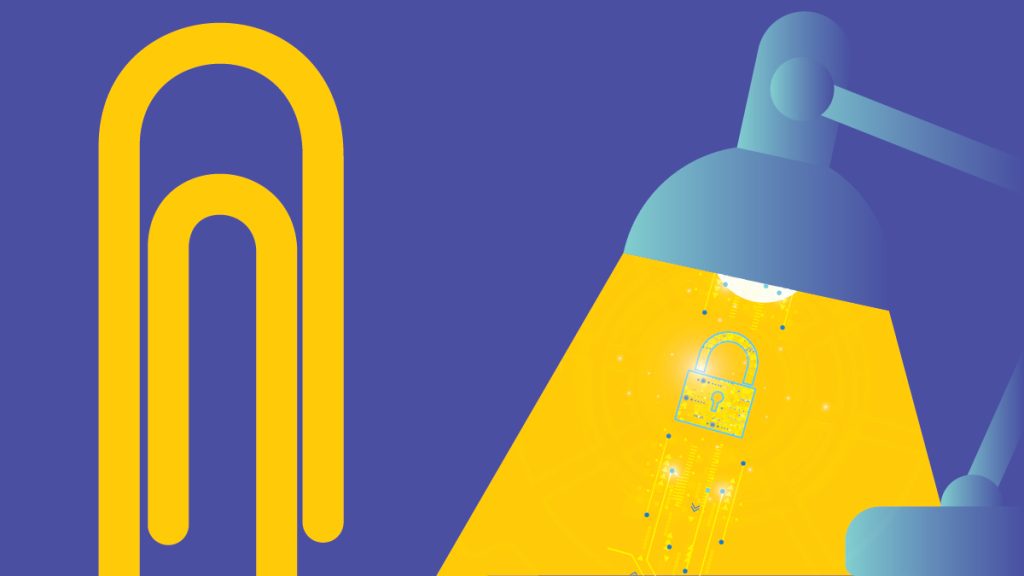
As we are living in the digital world where virtual education and the use of smartphones or tablet computers are met everywhere, the importance of cybersecurity education is more relevant than ever before. While we have numerous IT specialists and people who are literally born in the digital world, it still does not mean that the majority of risks are eliminated. We still have naive and careless users who believe that accessing school campuses via public WiFi or making shopping from the Internet cafe is a safe way to go. Without a doubt, many students learn things the hard way, yet it’s also possible to avoid the majority of cybersecurity risks by focusing on cybersecurity education.
The Importance of Cybersecurity Education in Today’s Digital World
- Protection of Personal Information
The most important reason to include cybersecurity education is personal data protection. While most people will think of students who are not paying enough care to keep their credentials and sensitive data safe, most schools and colleges have to do their work as well. It means that educators should pass cybersecurity courses by going through the most obvious risks. When educators gain basic cybersecurity knowledge, they are also able to follow school security policies and help students stay safe!
- Understanding Technology Risks
We are always happy and quick to embrace all the new apps and the use of artificial technology like ChatGPT. Since all of it sounds fun and often comes free of charge and/or with discounts, people rarely take the time to check on security measures. Likewise, when people share their pleas for school help or type write my essay, they often seek something that can help them right away. Now, cybersecurity education can help them learn how to take time when evaluating things, how to hover one’s mouse over the payment link, and just learn how to avoid opening unknown attachments that sound good!
- Keeping Online Activities Safe
One of the most prominent examples of challenges faced by modern students is related to video conferences. Most students and educators will know how challenging it has been to stay in Zoom video conference rooms where numerous strangers have been present to disrupt the learning sessions. Learning how to use proper “Single-meeting IDs” or how to share links securely is also a part of modern cybersecurity courses that both students and educators can enjoy. It will also help to stay safe on social media and learn that most information that we share online is bound to remain there for always and is not really related.
- Assisting the Relevant IT Department
Most schools and colleges these days tend to leave all the problems to relevant IT departments. The problem is that most of them are not present there all the time and are only called for help when trouble strikes. It cannot be denied that it helps to cut certain costs and avoid turning college into a small national defense department, yet students are the ones who can assist and provide help by avoiding the most common mistakes. While these will not include D-DOS attacks or fixing the hardware, avoiding fishing and using illegal software will always help to remedy the situation.
- Mastering the Psychology Aspects
The major difference between learning how to stay safe online on your own or passing special cybersecurity courses is the focus on the psychology of the attacker and understanding the mental aspect of things. Most cybersecurity for students courses can be accessed free of charge by checking educational platforms like Udemy, Coursera, LinkedIn, or Khan Academy (for younger K-12 learners). Take time to read the reviews and sort out those courses that can provide you with a completion certificate. Likewise, it’s always possible to make your school participate by showing them all the options.
- Understanding How to React Quickly
While this aspect may not be mentioned in the list of learning objectives, most cybersecurity lessons and courses will help to learn how to react during an emergency. It may also help to decrease the cases of cyberbullying as it’s also a part of an average cybersecurity curriculum. When at least ten students know how to obtain information correctly or report cases of fraud or bullying with all relevant statistical data, it will help attackers and people with malicious intentions see that they can and will be found!
Learning About Personal Safety First!
Contrary to popular belief, even those students who are majoring in IT fields and engineering are prone to cybersecurity risks. While they may not become victims of phishing and malware due to the installed antivirus and spyware software, they may still share personal information on social media when they wish to boast or impress someone. It is the main reason why cybersecurity tips must include elements of human psychology where students can learn how to keep safe and always stay in control. One can approach the risks as a list of what is known in terms of security, yet if one approaches the situation and evaluates personal actions, the safety level increases.
Inside Telecom provides you with an extensive list of content covering all aspects of the tech industry. Keep an eye on our Cybersecurity sections to stay informed and up-to-date with our daily articles.